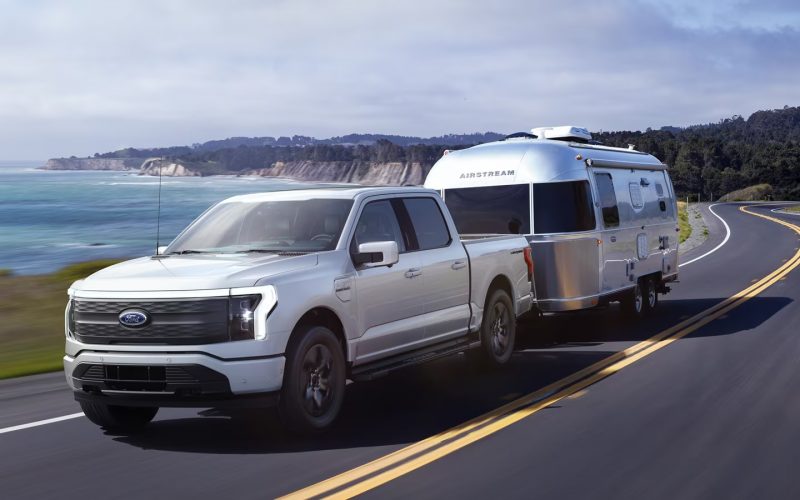
Reading Time: 4 minutesLet’s delve into the world of electric trucks, focusing on a new electrifying addition to the
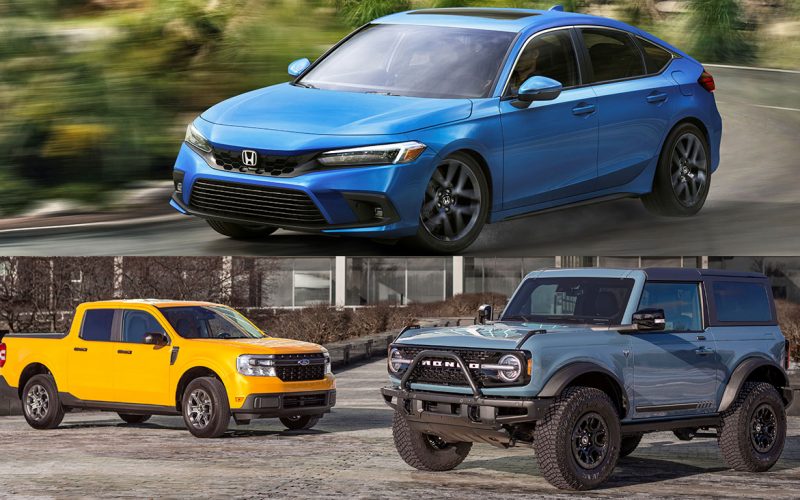
Reading Time: 4 minutesFord has been on a roll lately, winning two of last year’s North American Car, Truck
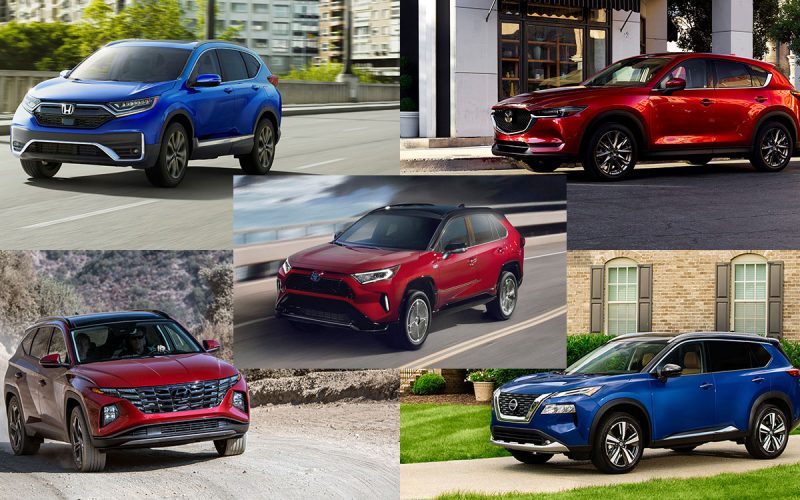
Reading Time: 12 minutesThere’s no hotter segment in today’s car market than the compact crossover SUV. Having started in
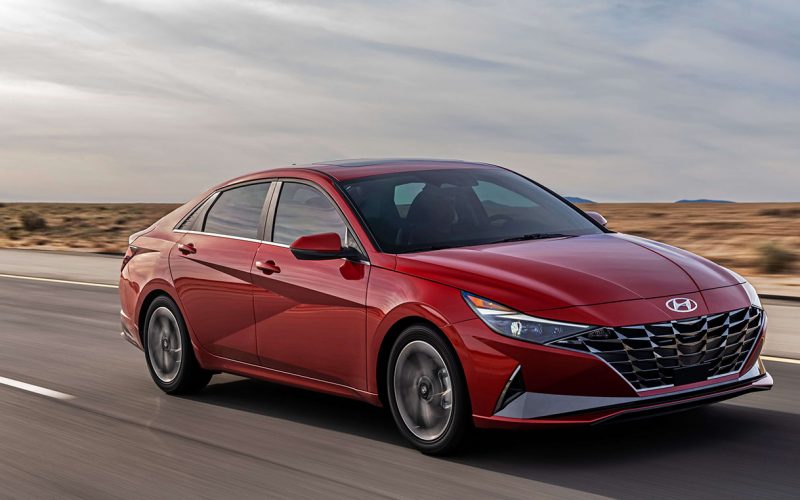
Reading Time: 3 minutesJust as the glitter and confetti from all our New Year celebrations is being swept up,
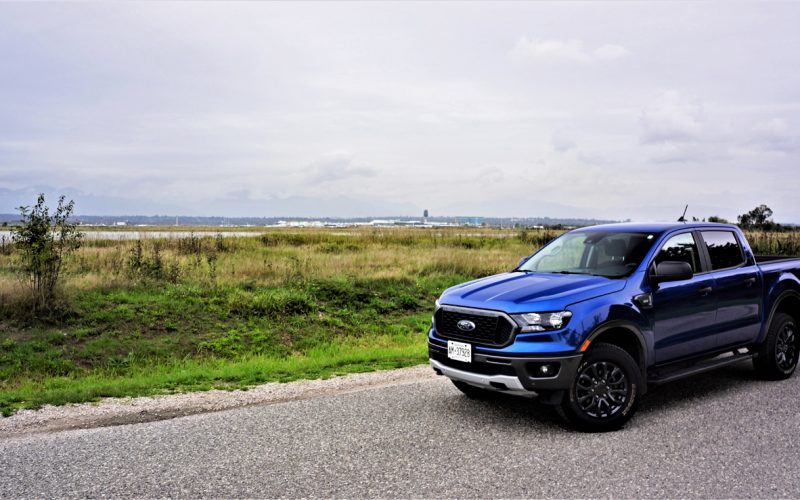
Reading Time: 12 minutesI promised myself not to harp on Ford for giving up on the midsize pickup truck
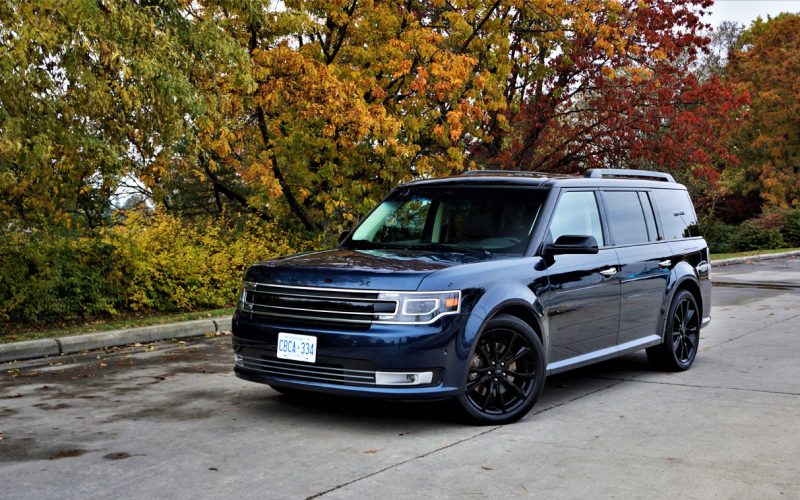
Reading Time: 13 minutesFYI, there are fewer new Ford Flex SUVs still available for sale than I had initially
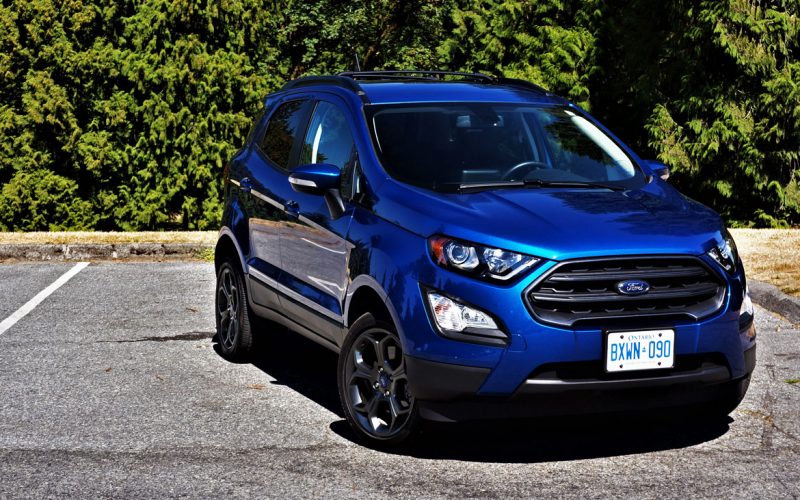
Reading Time: 17 minutesI first saw the original EcoSport in São Paulo, Brazil where I was trying to expand
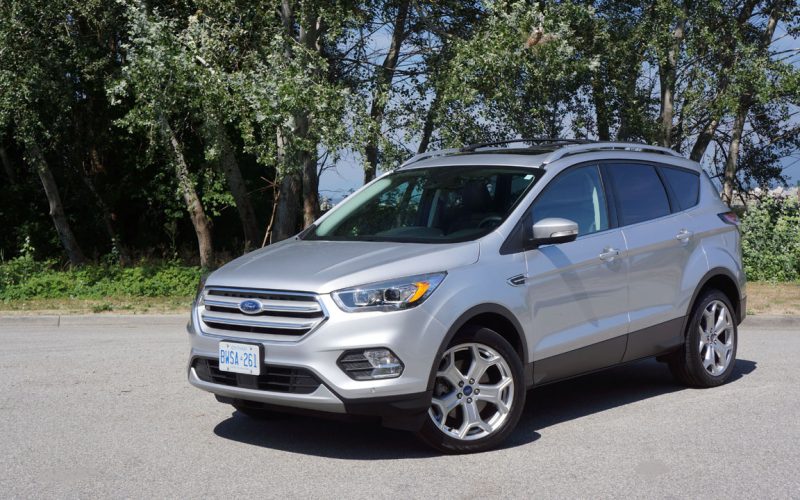
Reading Time: 13 minutesWith an all-new 2020 Escape already showing up at Canada’s blue-oval dealerships, it’s time to say
© 2025 The Car Magazine. All Rights Reserved, Privacy Policy | Terms of Use